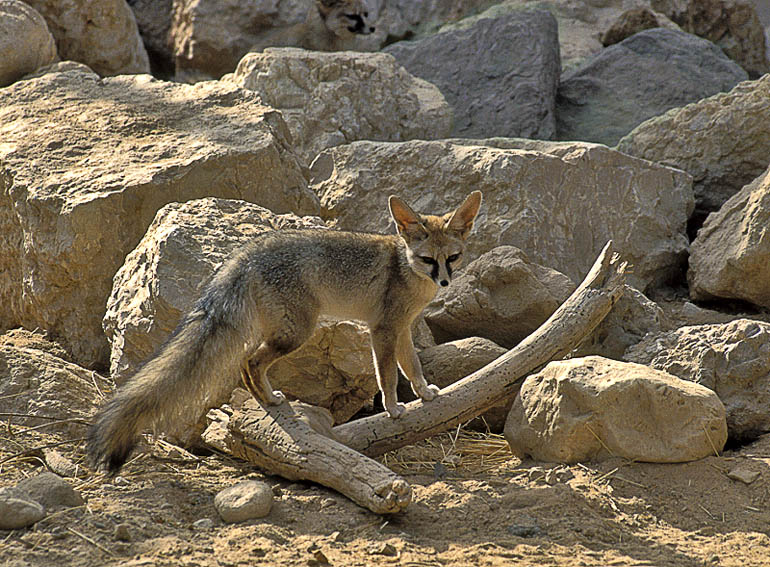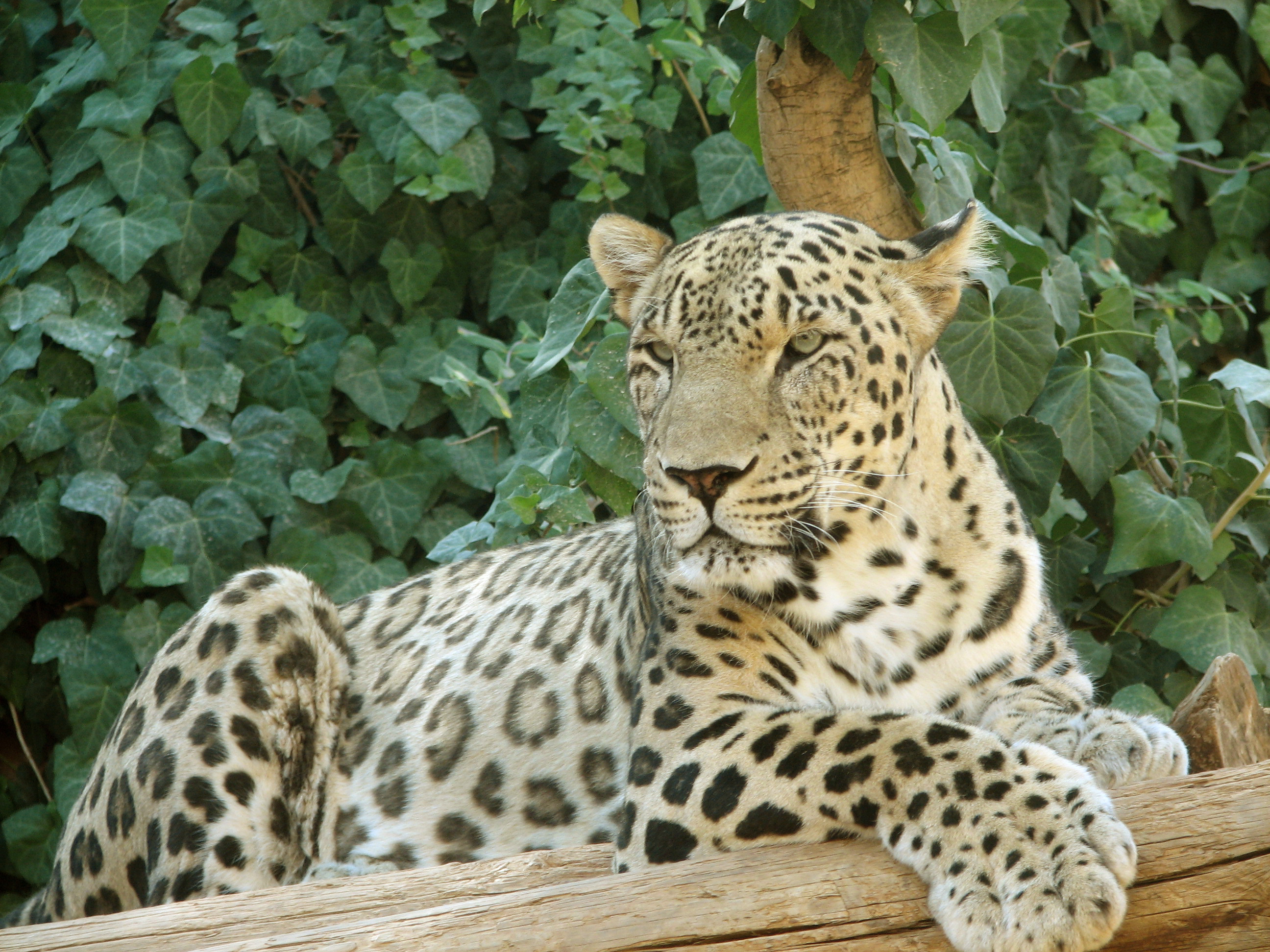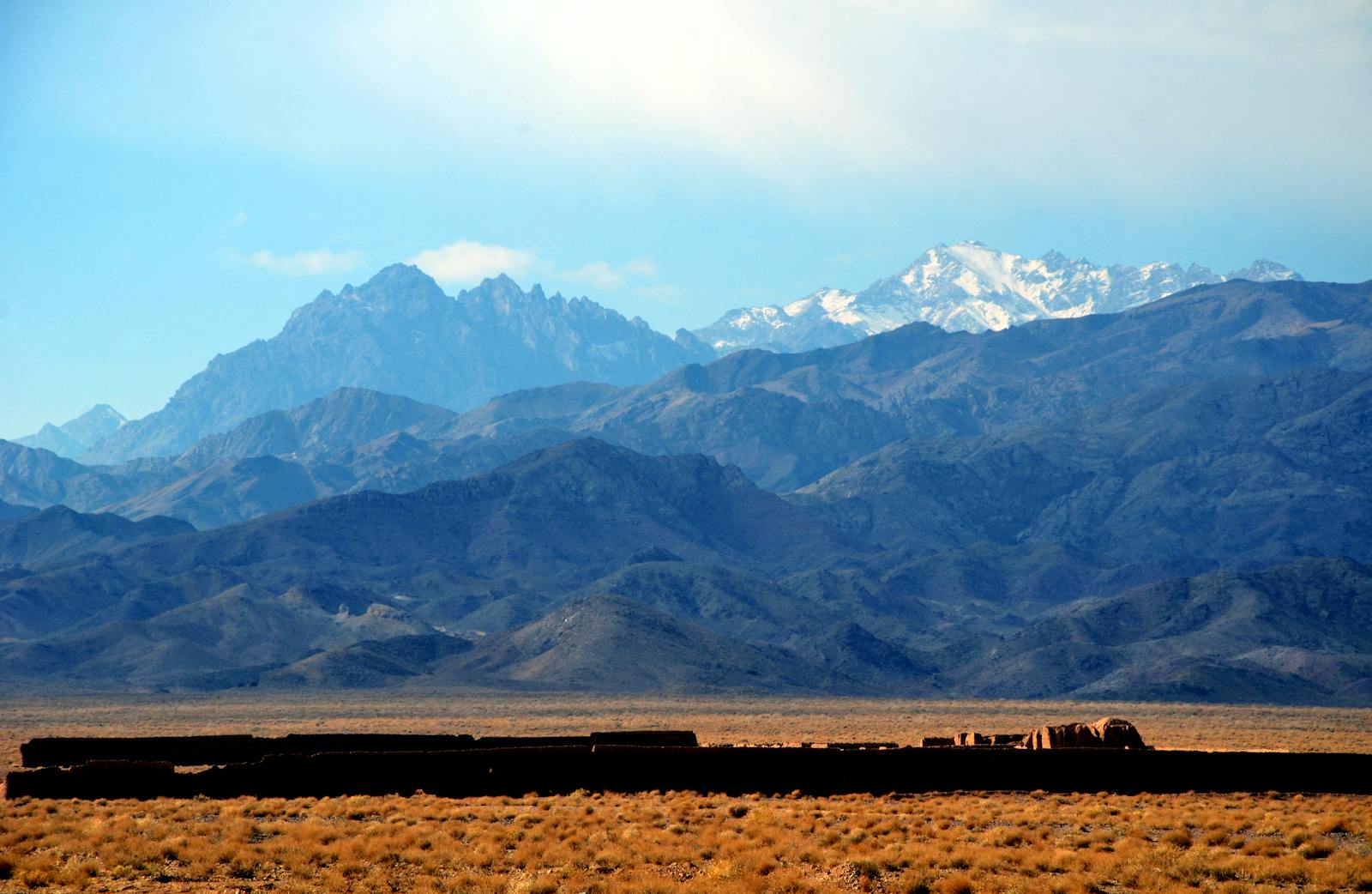Kuh Rud and Eastern Iran Montane Woodlands
The ecoregion’s land area is provided in units of 1,000 hectares. The conservation target is the Global Safety Net (GSN1) area for the given ecoregion. The protection level indicates the percentage of the GSN goal that is currently protected on a scale of 0-10. N/A means data is not available at this time.
Bioregion: Persian Deserts & Mountain Woodlands (PA29)
Realm: Central Eurasia
Ecoregion Size (1000 ha):
12,662
Ecoregion ID:
757
Conservation Target:
5%
Protection Level:
3
States: Iran, Pakistan
Several jagged mountain ranges rise high above Iran’s blistering central basins, where woodland-strewn slopes offer refuge from the hostility of the desert. The few remaining Persian leopard and Asiatic cheetah frequent these rocky forests, which harbor their favored prey species such as cape hare, goitered gazelle, and bezoar ibex. Swift and agile, the Blanford’s fox is truly at home in this precipitous landscape; it is adept at scaling near vertical, crumbling cliff faces in just a few short jumps.

The flagship species of the Kuh Rud and Eastern Iran Montane Woodlands ecoregion is the Blandford's fox. Image credit: Creative Commons
This ecoregion encompasses the highlands of central and Eastern Iran, reaching into a very small area of Pakistan. It is composed of several disjointed arcs running from Northwest to Southeast, covering the Kuh Rud, Bashagard, Karkas, Kuhbonan, and Taftan mountain systems. Prominent peaks include Kūh-e Hazār at 4,500 m, Shir Kuh at 4,075m, and the active volcanal Kuh-e-Taftan at 4,042m. There is an arid-temperate climate, with conditions cooler and wetter than in the surrounding desert.
Slopes are scattered with forest steppes of pistachio and almond, with a thorn-cushion and dwarf shrub understory. Only the Mt. Atlas mastic tree and Pistacia khinjuk achieve a tree-like stature, while most other species take on a shrubby form. As isolated highlands, each range has unique vegetation features; groves of Mediterranean cypress flourish in the Taftan Mountains, whilst the Karkas Mountains harbour rare communities of Centaurea gaubae and the endemic Cousinia karkasensis.

Persian leopard. Image credit: Tamar Assaf, Creative Commons
Goitered gazelle, chinkara, and wild sheep often graze amongst the open woodland of the mountain slopes. Lithely bounding between boulders, Bezoar ibex is well suited to these rocky uplands; much admired for its impressive horns, it is threatened by poaching, as well as by competition for food with domestic livestock. Rocky hillsides are also favored by grey wolf, Pallas’s cat, and Blanford’s fox. This small fox, with distinctively huge ears and a long, bushy tail, is mostly at risk from habitat loss due to expanding settlement and tourism development. Endemic animals of the ecoregion include Hoston’s brush-tailed mouse, the Lalehzar racerunner, and the Kerman spider gecko.
In the Eastern Iranian uplands, agriculture for saffron, barberries, and asafoetida is combined with animal husbandry and local crafts. The villages of Mūd and Doroḵš are the main centers of carpet weaving and rug making, utilizing natural dyes extracted from the abundant local shrubs. The mountains are also rich in minerals, and copper, asbestos, and chromites are the major products. The Kirkas Mountains are managed as pastureland for domestic goat and sheep grazing, but also as a Hunting-Prohibited Region to offer protection to large fauna. Other than this, formal habitat protection is lacking, and Bagh-e-Keshmir and Kalmand are the only Protected Areas.

Pallas cat. Image credit: Editfmah Adrian Herridge, Creative Commons
Mountain woodlands have been transformed through ploughing for cultivation, and harvest of trees and shrubs for fuel. This has led to serious soil erosion and extensive loss by wind and water. Numbers of livestock are also increasing across the mountains, and the resulting severe overgrazing has greatly reduced vegetation cover and caused local extinctions of many palatable species. Furthermore, wild grazers suffer from the increased foraging competition, and this in turn threatens predators with a lack of wild prey. Iran’s Department of Environment is ensuring that gazelle, wild sheep, and Bezoar ibex in Kalmand Protected Area are monitored, and is developing sustainable rangeland management to tackle the issue of overgrazing.
The priority conservation actions for the next decade will be to: 1) control and monitor numbers of grazing livestock such that nature resources are not overexploited; 2) restore degraded forest and shrub regions with to ameliorate soil condition; and 3) increase a network of protected areas which incorporate corridors between mountain ranges for large mammals.
Citations
1. Encyclopaedia Iranica. Flora ii. In Persia. [Online]. [Accessed 9th August 2019]. Available from: http://www.iranicaonline.org/articles/flora-ii-in-persia
2. IUCN RedList. Blanford’s Fox. [Online]. [Accessed 9th August 2019]. Available from: https://www.iucnredlist.org/species/23050/48075169
3. WWF. 2018. Central Iran. [Online]. [Accessed 9th August 2019]. Available from: https://www.worldwildlife.org/ecoregions/pa1009

.png?auto=compress%2Cformat&w=300)

